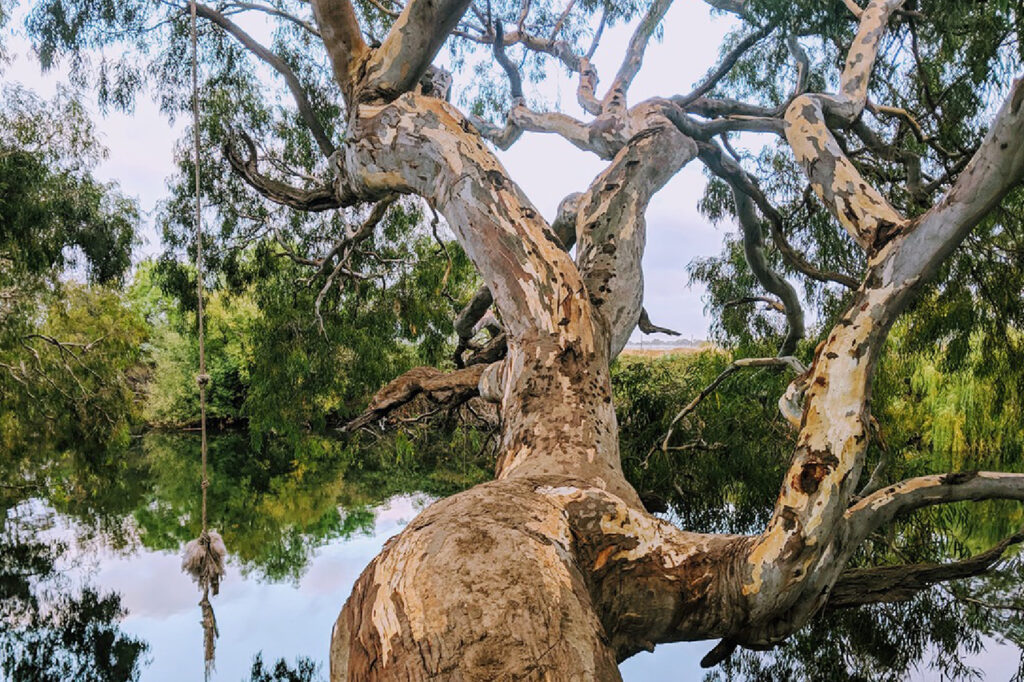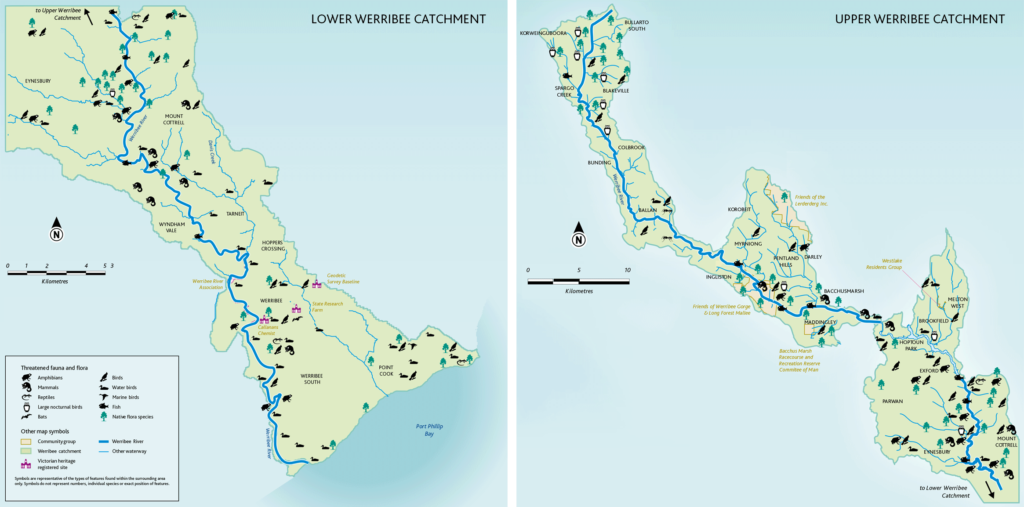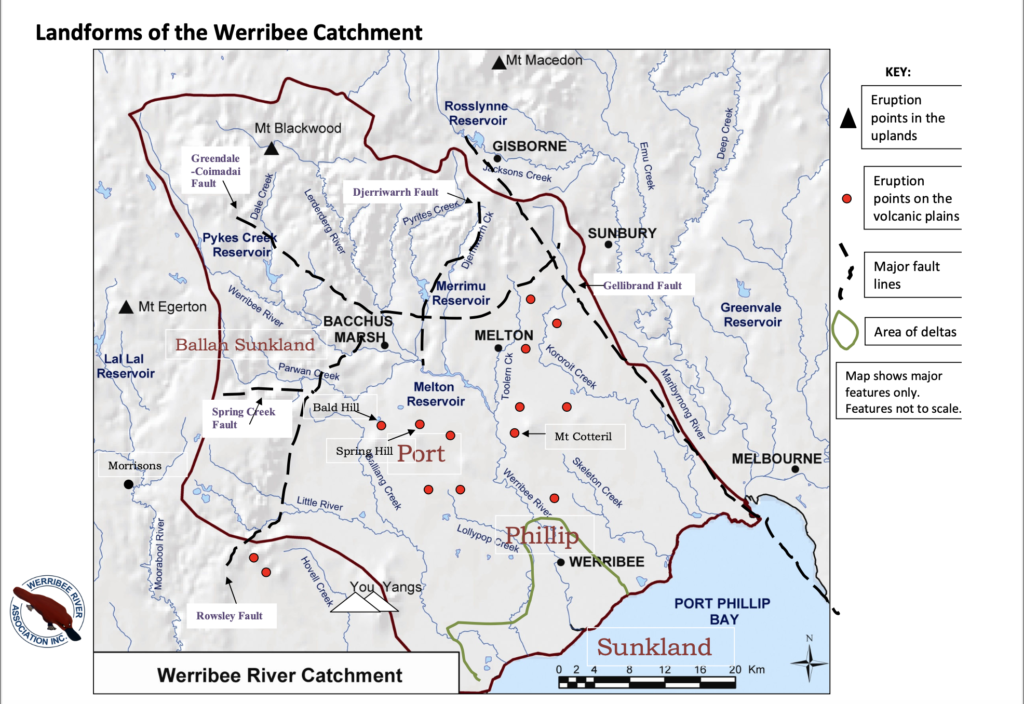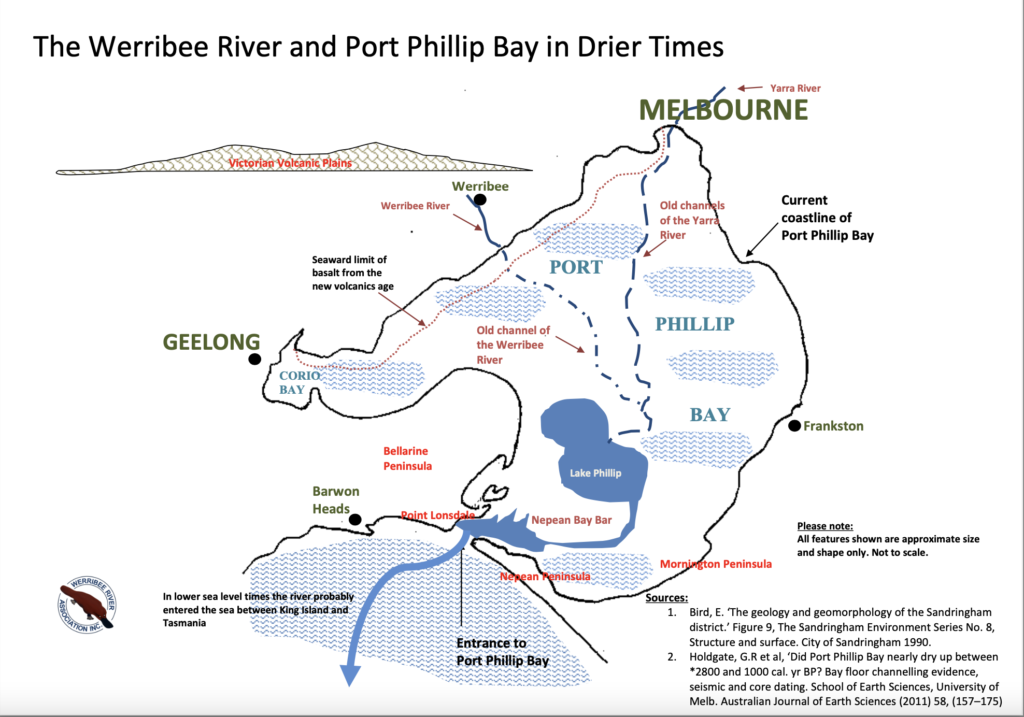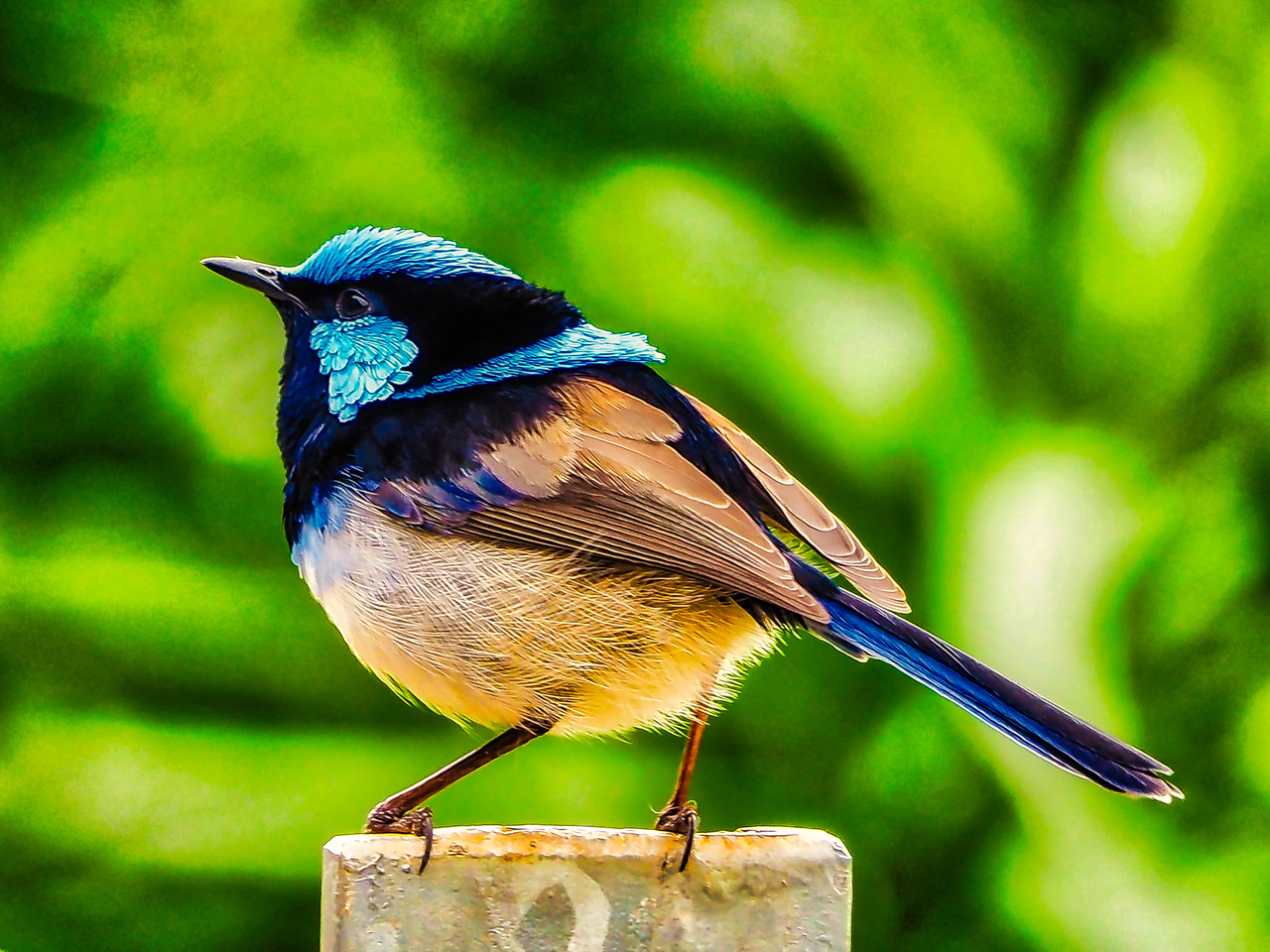Our Catchment
Five million years ago, volcanic eruptions produce lava flows that form the Werribee Plains. Basalt rocks are scattered over the landscape. Over millennia, the spaces between the basalt rocks fill in with sediment, carried by wind storms and changes in sea levels. Alluvial deposits from flood events in the rivers form a layer of topsoil at the surface.
The Victorian Volcanic Plains stretch from present-day Melbourne to the South Australian border. River Red Gum trees thrive along waterways and in floodplains. The people of the Kulin Nation have lived here for more than 60,000 years. They are the Traditional Custodians of the land. The Bunurong, Wadawurrung and Wurundjeri Woi Wurrung peoples manage Country in a complex and sustainable way.
Grasslands are home to diverse animals, birds and insects, and many invertebrates in the soil layers. The Werribee River Association acts strategically and practically in an effort to gain support for the health of the people and the rivers, creeks, wetlands, estuaries, and coastline of the Werribee catchment.
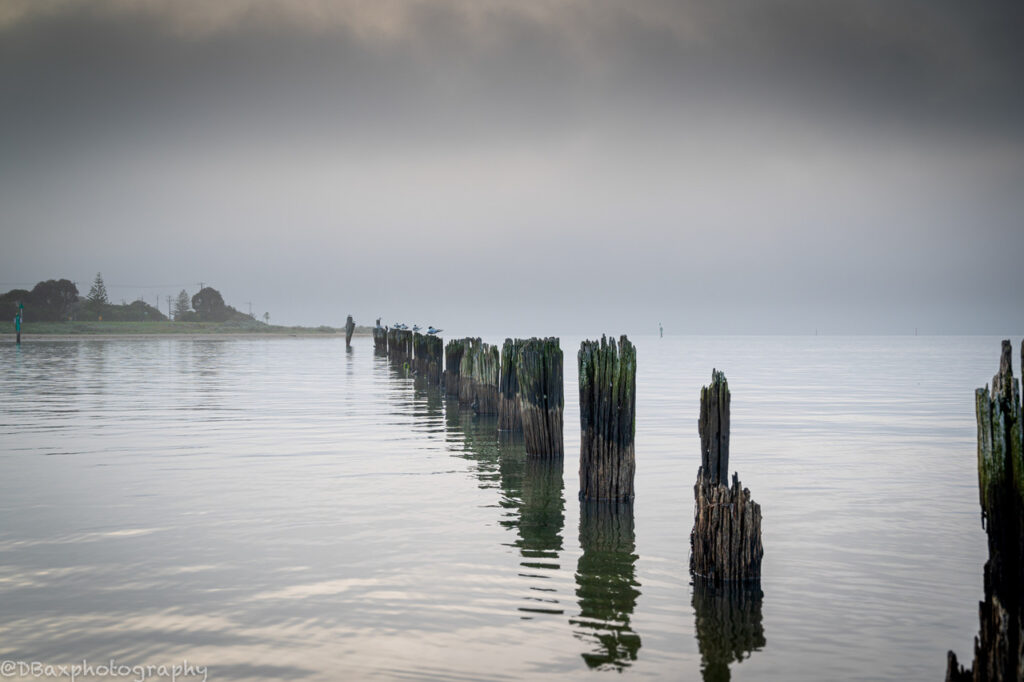
Coastal
Coastal
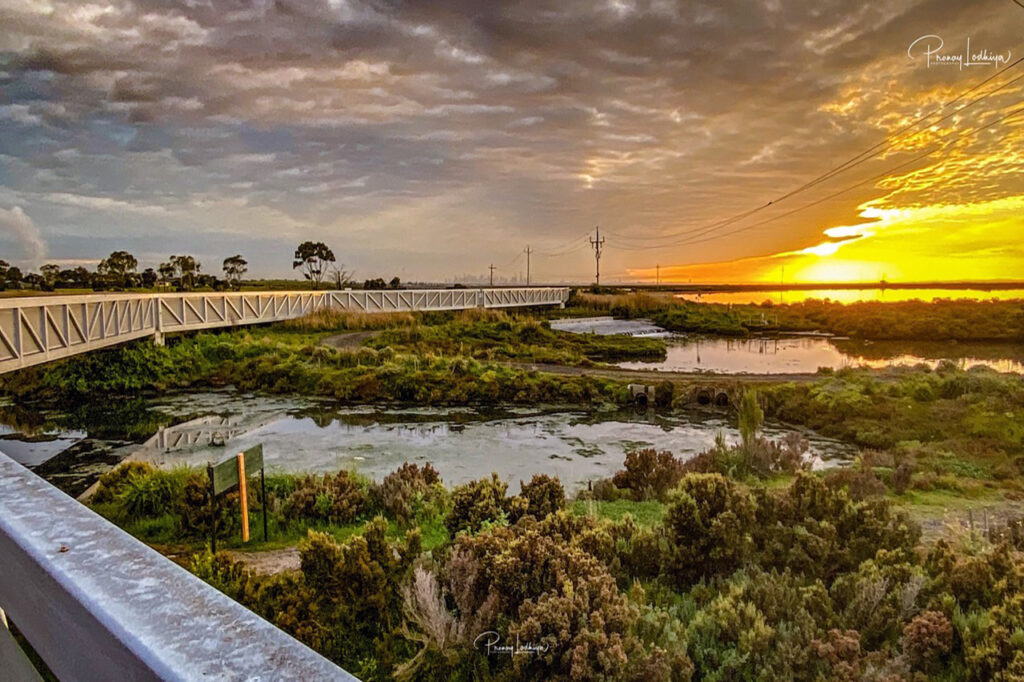
Wetlands
Wetlands
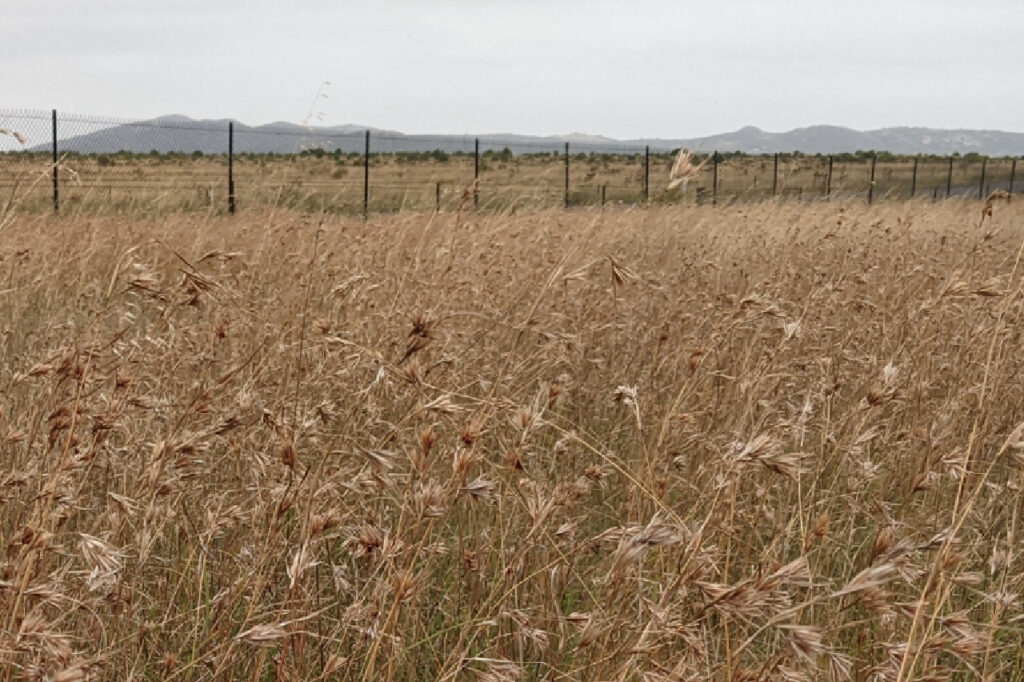
Grasslands
Grasslands
